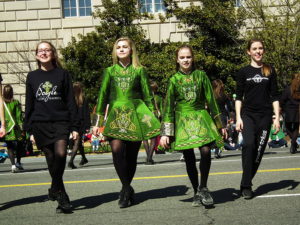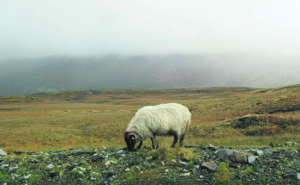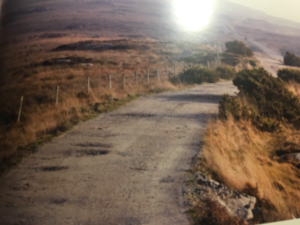For a major portion of the Irish population, the reaction to British imperialism involved reclaiming what was considered “Irish tradition”. The Irish nationalist Eamon de Valera made the argument in a 1943 speech that the universality of the Irish language is the key to authentic nationhood in Ireland. His hardline rhetoric is representative of the nationalism that made waves throughout Ireland during the 20th century. The notion of a return to what is “authentic” is what became the backbone for the tourism industry in Ireland and also what became the basis for the assertion of Irish stereotypes from an international perspective.
The late 19th century in Europe was a time of national uncertainty and change. In Ireland, the extended history of British oppression drove the question for what defined Ireland. The Gaelic League formed during this time in an attempt to return to what is authentically Irish, and also in an attempt to claim something that can belong to Ireland alone, such as language. De Valera’s ideal outcome of establishing Gaelic in Ireland is that it would be the basis for something essentially Irish in the nation. The problematic outcome that emerged in the 20th and 21st centuries is actually the emergence of the tourism industry in Ireland, in which the aspects of the nation that de Valera would argue are “essentially” Irish are actually sold to an international market and used for profit instead of practical use.
However, the commodification of what is “traditionally Irish” became a foundation for a major part of the revenue that the nation generates as an independent nation. Prior to the independence of Ireland, Great Britain would profit from the exploitation of the Irish landscape from tourism. British imperialists saw that they could benefit from selling the notion of the sublime in Ireland; however, this required the separation of the landscape from the Irish people, in which the absence of people would only benefit the sublimity of the land. In modern tourism, the Irish are sold along with the landscape by acting as “traditional” people of Ireland. Advertisements show this duality between the commodification of people as extensions of the landscape and commodification of the landscape on its own. The difference between Irish tourism as operated by the Irish themselves and tourism as operated by British imperialists is that the Irish people have a role in their own landscape and that they are the people making a direct profit from this tourism.

Figure 1:
A traditional house represents the authenticity that is commodified
Connemara and Killarney are the perfect representations of idealized authenticity in Ireland. While these regions are best known for the traditional culture that they seem uphold, In western Ireland, local farmers and businesses benefit from tourists who seek to experience the “authentic” Ireland. In Connemara and Killarney, this experience is sold to tourists in the form of hand-made goods and the image of a simple daily lifestyle. For tourists, these regions represent a perspective of life back in 19th century Ireland.
Figure 2:
A sheep!
The landscape in these regions represent something that has been lost in time, such as tradition. Unpaved roads and traditional houses as seen above are typically associated with these areas, and the absence of technology is a part of the commodification of this experience. Many who seek the “authentic” that is represented by this region participate in the local economies of Killarney and Connemara. Farms, local co-operatives, sawmills, and medical facilities occasionally employ outsiders of the region. This kind of tourism benefits local economies while promoting the notion of authenticity as perceived by the international community, therefore generating more tourism.
Figure 3:
Unpaved roads signify an absence of technology.
Despite the benefit of tourism to the local communities of Connemara and Killarney, this commodification of landscape and the Irish people limits the international perspective of Ireland. The true authentic Ireland is lost among the conceptualized authenticity that is sold to outsiders of the community. This perception of Ireland is marketed in a way that enforces blatantly stereotypical images of Ireland in celebrations such as St. Patrick’s Day in the United States.
 Figure 4:
Figure 4:
Irish step dancers perform in a parade in Washington D.C., 2012.
International celebrations of this holiday typically pair the traditional with the stereotypical. While St. Patrick’s Day features traditional cultural practices such as step dancing, it is unfortunately better known for its glorification of alcohol.


